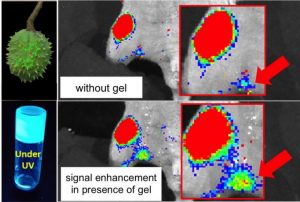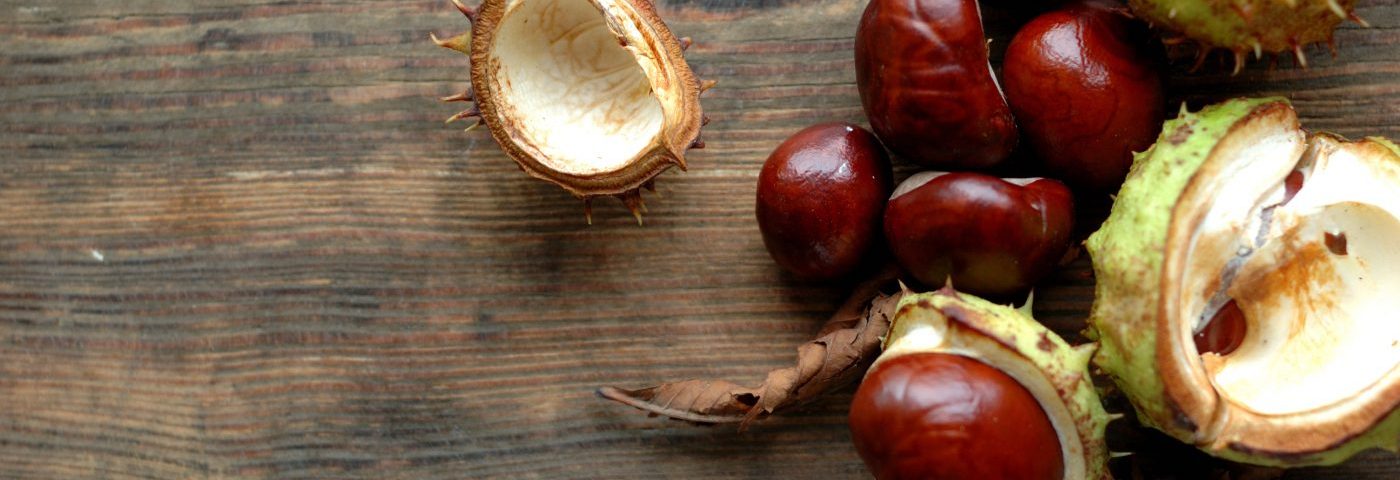A gel, made from a horse chestnut extract, may improve the imaging of tumors, including prostate cancer, using radioactive tracer molecules.
A research team now hopes that, using the gel, it will be possible to develop a skin cream that might improve cancer detection in the clinic.
The team — led by Dr. George John, a professor in the Division of Science at City College of New York, and Dr. Jan Grimm, a physician-scientist at Sloan Kettering Institute and the Memorial Sloan Kettering Cancer Center — published their findings in the journal ACS Applied Materials & Interfaces.
The study was titled “Radiation-Responsive Esculin-Derived Molecular Gels as Signal Enhancers for Optical Imaging.”
The so-called Cerenkov light is often used in cancer imaging. The light — which is the blue glow seen in nuclear reactors — can also illuminate biological molecules, but is not really optimal for use in the body. It has a low intensity, and blue light is scattered and absorbed in tissues, the researchers said.
So while it is a valuable tool in cancer diagnostics, scientists are trying to find ways to improve its use.
Researchers turned to a compound found in horse chestnut, called esculin. Their esculin-containing gel turned out to have the right properties to improve imaging using Cerenkov light — by having both scintillating and fluorescent properties, the gel alters the way light is reflected in tumors.
An image, included in the article, shows how a tumor lesion, barely visible without the gel, lights up brightly when the gel is applied.

“Tailoring biobased materials to synthesize … hydrogels offers image-aiding systems which are not only functional but also potentially economical, safe, and environmentally friendly,” John said in a press release.
This is important for John, whose research builds on the idea that innovative technologies can be both economical and sustainable. He also believes that innovation can be inspired by nature — possibly explaining the choice of horse chestnut.
“The possibility of developing a topical application from the gel makes this innovation an attractive potential improvement to current techniques of cancer imaging with Cerenkov light,” said Grimm, who is also affiliated with Weill Cornell Medical College.

